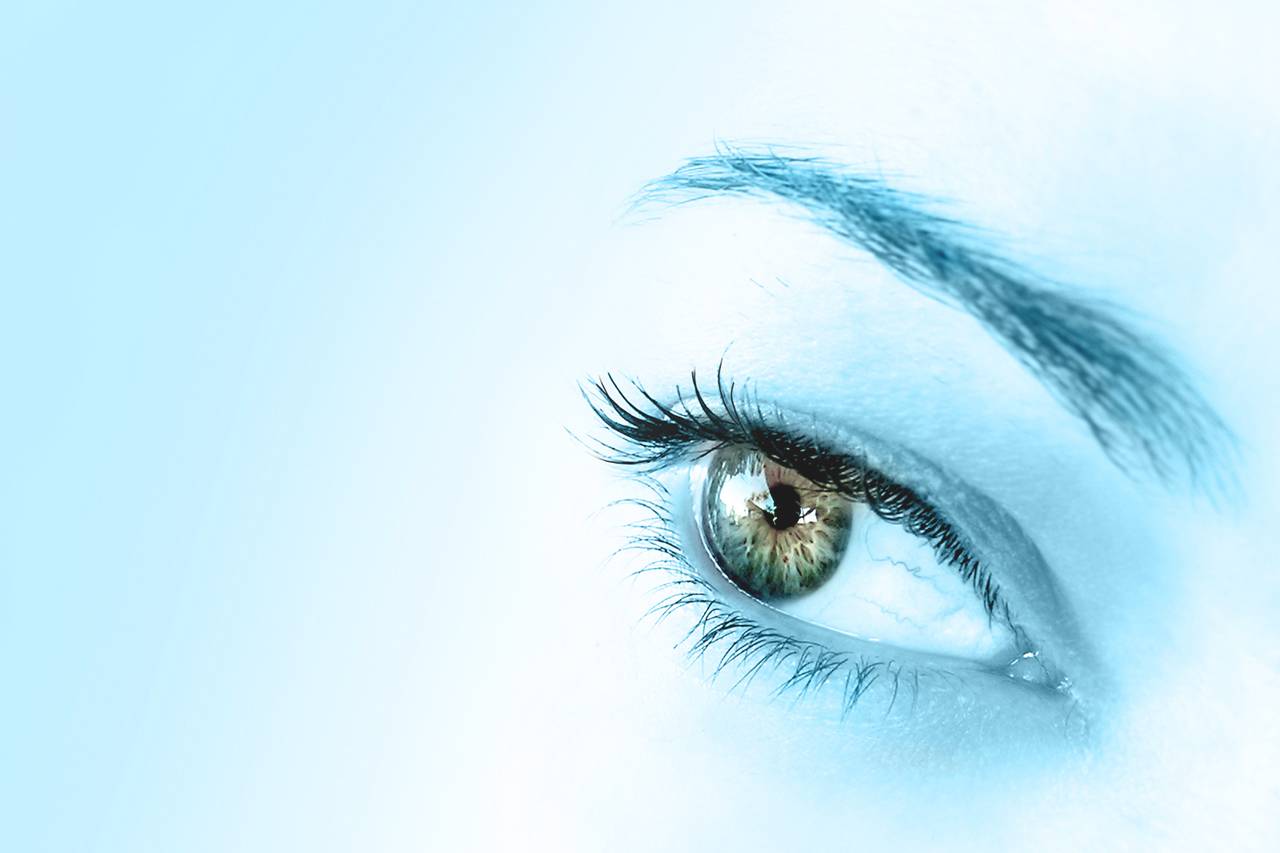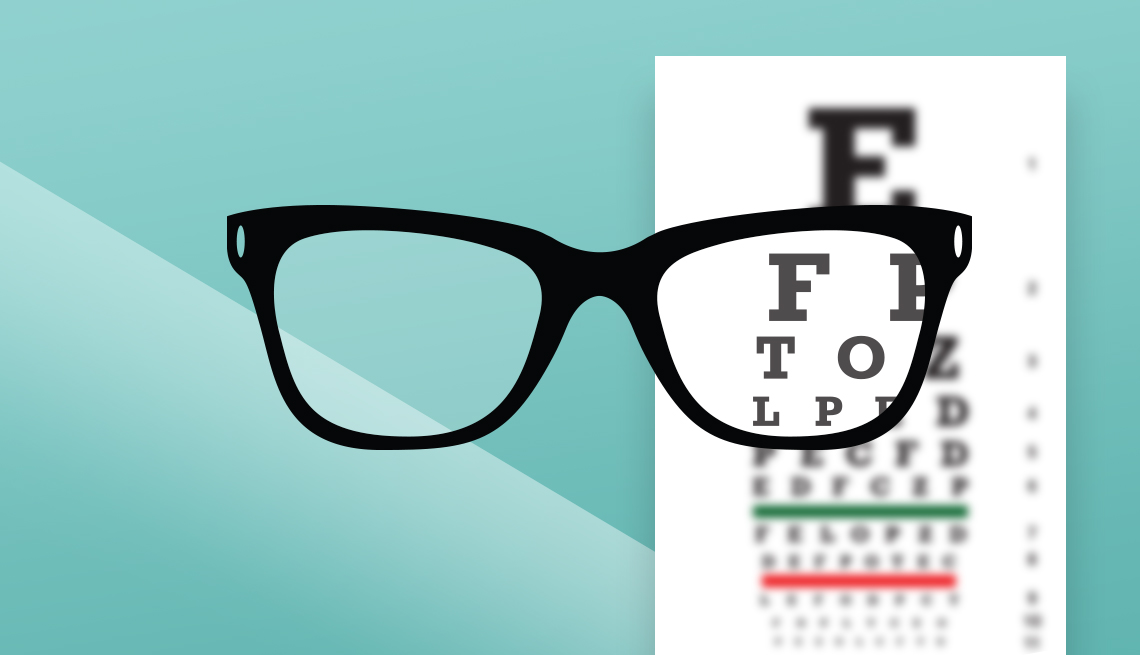Specialist Glaucoma Service Near Me: Specialized Care at Our Clinic
Specialist Glaucoma Service Near Me: Specialized Care at Our Clinic
Blog Article
Exploring the State-of-the-Art Technologies Used for Detecting and Dealing With Eye Conditions
In the realm of ophthalmology, the evolution of innovation has actually substantially improved the devices readily available for detecting and treating various eye problems. From sophisticated imaging technologies that give thorough insights right into ocular frameworks to robotic-assisted surgeries that supply unequaled precision, the landscape of eye treatment is frequently developing. With the integration of expert system in diagnostics, genetics therapy technologies, and virtual fact rehabilitation, the opportunities for improving individual outcomes are increasing at a rapid speed. The merging of these advanced modern technologies holds the guarantee of changing the field of ophthalmology, using new opportunities for personalized and effective therapies.

Advanced Imaging Technologies
Advanced Imaging Technologies have actually transformed the area of ophthalmology by offering precise and in-depth visualization of the eye structures. Optical Comprehensibility Tomography (OCT) stands out as a crucial technology in this world. OCT uses light waves to record high-resolution cross-sectional photos of the retina, permitting the identification of minute structural adjustments. This non-invasive technique aids in the very early discovery and monitoring of different eye problems such as macular degeneration, diabetic retinopathy, and glaucoma.
Furthermore, Fundus Photography is one more crucial tool in ophthalmic imaging. This technique involves catching in-depth photos of the rear of the eye, consisting of the retina and optic disc. Fundus Digital photography assists in documenting the progression of eye diseases, assessing treatment effectiveness, and informing individuals concerning their eye wellness.

Robotic-Assisted Surgery
Robotic-assisted surgeries have actually dramatically progressed the capabilities of ophthalmic surgery, ushering in a new era of precision and effectiveness in treating different eye conditions. By integrating robotic innovation into procedures, ophthalmologists can achieve unrivaled accuracy and control, resulting in improved client outcomes.
One of the primary advantages of robotic-assisted surgical procedure in ophthalmology is the boosted mastery and security it provides to cosmetic surgeons. The robotic arms can do specific motions with a high degree of accuracy, enabling delicate treatments with very little invasiveness. This level of precision is specifically beneficial in surgical procedures entailing the retina, where even minor mistakes can have considerable ramifications for a client's vision.
Furthermore, robotic-assisted medical systems supply real-time imaging and feedback to the surgeon, allowing them to make educated decisions throughout the procedure. This modern technology boosts the specialist's situational awareness and enables modifications to be made quickly, ensuring ideal results for the person.
Artificial Knowledge in Diagnostics
With the evolution of sophisticated innovations improving medical precision in ophthalmic treatments, the integration of Artificial Knowledge in diagnostics has become a pivotal advancement revolutionizing the area of eye care. Expert System (AI) formulas are being increasingly used to assess complicated information from imaging technologies like optical comprehensibility tomography (OCT) and fundus digital photography to help in the very early discovery and precise medical diagnosis of various eye conditions. These AI systems can successfully identify patterns and anomalies in photos that might not be discernible to the human eye, making it possible for quicker diagnosis and treatment preparation.
AI formulas can additionally predict disease progression, suggest tailored therapy strategies, and assess the effectiveness of interventions. By improving the diagnostic process, AI not only improves the effectiveness of eye care experts however likewise enhances individual end results by making it possible for prompt treatments. As AI proceeds to development, its function in diagnostics is expected to broaden, providing new possibilities for early intervention and personalized therapy in the area of ophthalmology.
Genetics Therapy Developments
In the realm of ophthalmic advancements, current strides in genetics treatment developments have sparked significant interest amongst scientists and health care experts alike. Gene treatment holds enormous guarantee in transforming the treatment of numerous eye retina service near me problems by targeting the underlying hereditary reasons. By introducing genetic product into cells to compensate for uncommon genetics or to offer an absent genetics, gene treatment supplies a tailored technique to dealing with acquired eye conditions such as retinitis pigmentosa, Leber congenital amaurosis, and others that were formerly thought about untreatable.

As study in gene therapy proceeds to development, the capacity for tailored therapies for a broader variety of eye conditions expands, using new hope for people with genetic eye diseases.
Digital Truth Rehabilitation
Digital truth rehabilitation has actually emerged as a cutting-edge strategy in improving the recovery and recovery processes for people with different visual problems. cataract care service. By simulating real-world environments via immersive technology, digital truth offers an one-of-a-kind platform for vision treatment and rehab. This cutting-edge technique makes it possible for individuals to participate in interactive exercises and tasks designed to boost visual acuity, deepness perception, eye control, and overall aesthetic performance
One key benefit of virtual truth recovery is its ability to personalize therapy programs based on the certain needs and capabilities of each person. Through real-time comments and surveillance, healthcare experts can track progression, adjust interventions, and supply tailored like maximize outcomes. Additionally, online fact technology can create a risk-free and regulated space for individuals discover this info here to practice aesthetic jobs, overcome challenges, and develop self-confidence in a digital setup prior to transitioning to real-world scenarios.
Conclusion
Finally, the improvements in imaging modern technologies, robotic-assisted surgeries, artificial intelligence diagnostics, gene therapy developments, and online truth rehab have actually dramatically Continue boosted the medical diagnosis and therapy of eye problems. retina service near me. These state-of-the-art technologies have revolutionized the field of ophthalmology, permitting even more exact and reliable procedures. As technology remains to evolve, the future of eye treatment looks encouraging with the capacity for even more innovative solutions to boost person end results
In the realm of ophthalmology, the evolution of technology has actually substantially improved the tools available for detecting and treating various eye problems. Fundus Digital photography helps in documenting the development of eye illness, assessing therapy effectiveness, and educating patients concerning their eye health and wellness.
Artificial Knowledge (AI) algorithms are being increasingly used to evaluate intricate information from imaging technologies like optical comprehensibility tomography (OCT) and fundus photography to aid in the early discovery and precise diagnosis of different eye conditions.In verdict, the developments in imaging modern technologies, robotic-assisted surgical treatments, artificial knowledge diagnostics, genetics therapy technologies, and online fact rehab have actually considerably boosted the diagnosis and therapy of eye problems. As innovation proceeds to evolve, the future of eye treatment looks promising with the capacity for also more innovative options to boost client end results.
Report this page